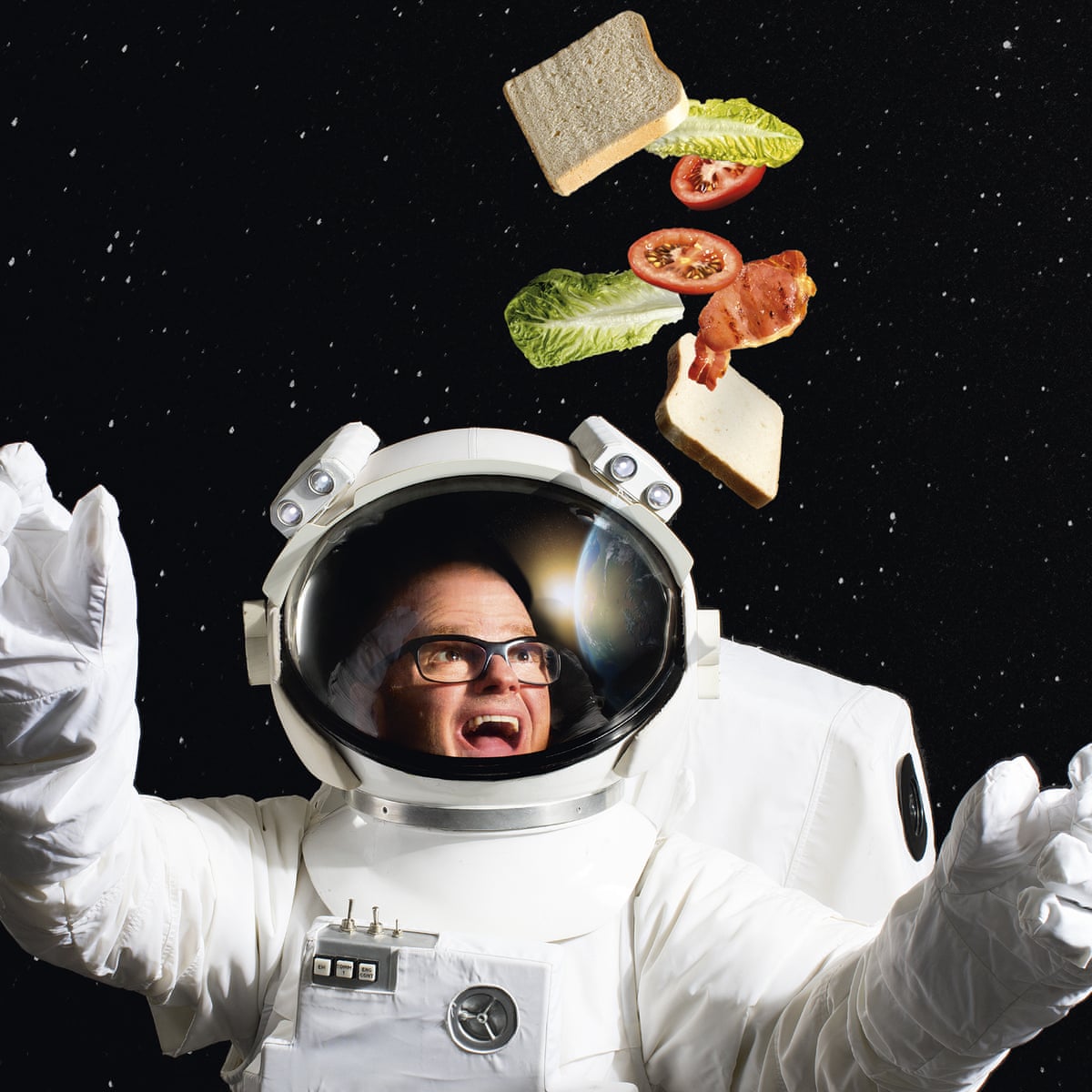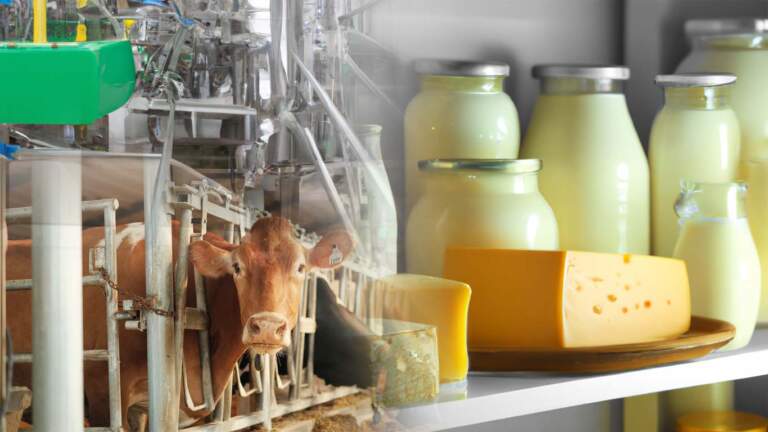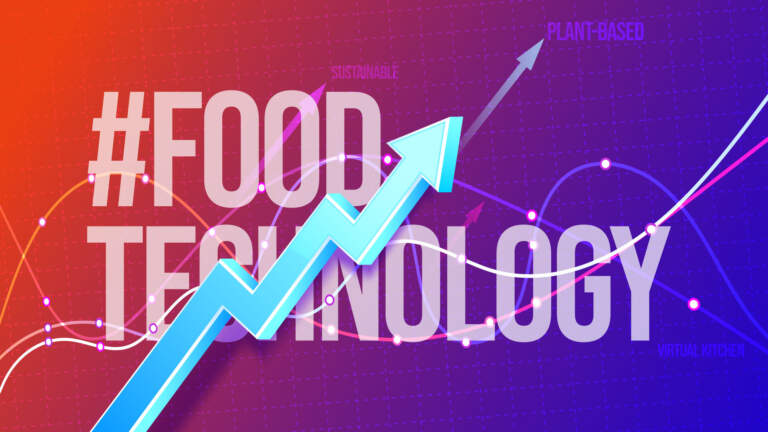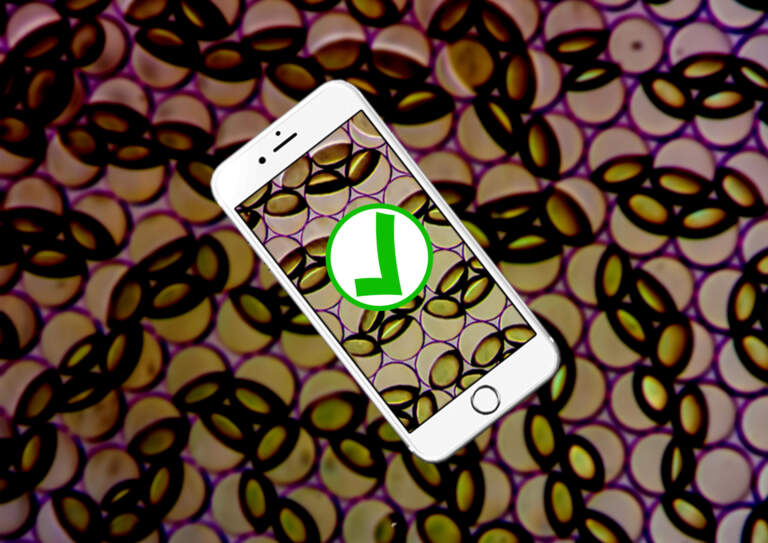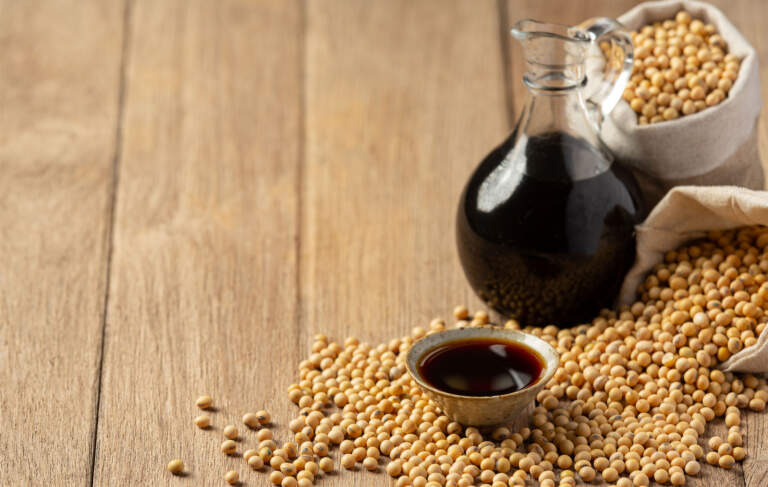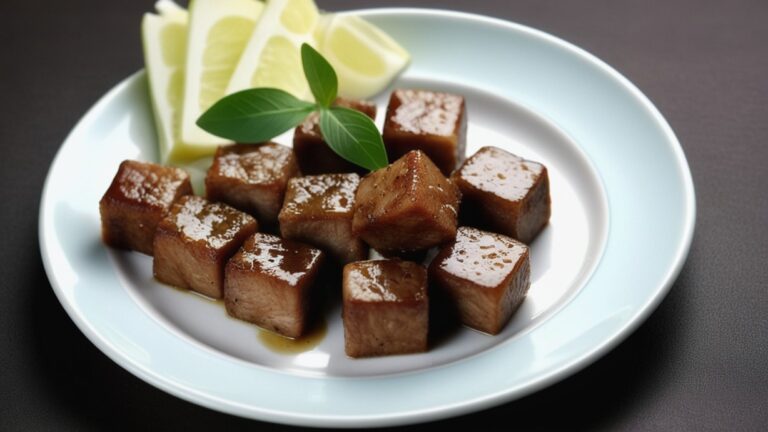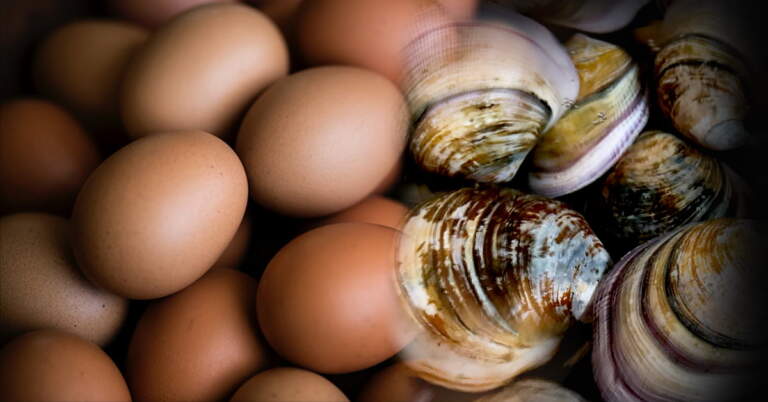Ever wondered what food do astronauts eat in space? As we all know, there are no grocery stores up in space, so where do they get their food from? Astronauts need the required amount of nutrition to maintain their health to perform their daily activities in space.
When on earth, astronauts choose their food from the menu provided, and then the scientists prepare it to ensure their stability and avoid spoilage in space for long periods. Inventing unique ways of processing and packaging food items helps in increasing the shelf life for longer missions. Some food products are eaten in their natural state, like fresh fruits. So, here is the big question- What food do astronauts eat in space? To fulfil their nutrition requirement and that help in their space travel.
Just like on earth, astronauts must consume three meals per day to maintain their health and their calorie intake. The nutritionists make sure that the food an astronaut eats has a balanced supply of minerals and vitamins. There is a wide range of space food items available for the astronauts to select, for example, fruits, peanut butter, nuts, brownies, etc. Even beverages like tea, coffee, orange juice, and lemonade are available.
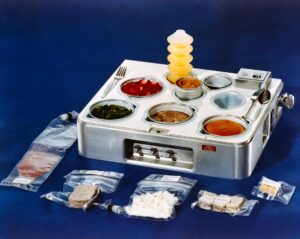
What types of food do astronauts eat in space?
Rehydratable food
Rehydratable foods are easy to store since the moisture present in them is removed during processing. This is process is known as dehydration or Freeze-drying (Lyophilization). It is a drying method that takes place at a very high vacuum and a very low temperature. In this, the water present freezes to ice first and then the ice sublimes to a vapour state without turning into the liquid phase. Since it is the process of sublimation to remove of moisture, there is no harm to the food material in terms of colour and flavour.
In a chamber, where the food materials initially cool under vacuum until the pressure reaches below that of the triple point. It is a point at which water exists in all three phases. Keeping the vacuum constant, the ice starts subliming as the temperature increases enabling the moisture to escape as vapour.
Food products such as beverages, soups, and breakfast cereals are a few of the common examples of rehydratable items.
Thermostabilized food
High temperature destroys the pathogens and spoilage microbes present in the food items and renders it free of enzymatic activity. This process is also known as the retort process. These processed food items can be stored at ambient temperature.
Food items like most of the fruits, tuna fish, and pudding come under this category. They rank second in preference as the heat kills all the harmful bacteria and thus prevents food spoilage. Moreover, they don’t need the use of the water available on the space shuttle. Therefore, this becomes one of the benefits of thermostabilized foods. They are also easy, fast, and less time consuming to cook as they have to be only reheated before eating.
Intermediate Moisture food
In these types of food items, only some amount of moisture is present enough to maintain the eating quality of the food and can be eaten without any preparation. This is a very old method of preservation in which a certain amount of water activity allows the storage of food products for a long time without being at the risk of spoilage. Although, such type of foods contains a high dose of humectants and preservatives to inhibit the growth of microorganisms. Hence they are subjected to constant research and development. Examples of intermediate moisture foods include dried peaches, apricots, and pears.
Natural Form food
Such type of foods naturally have a long shelf life and therefore are available in ready – to – eat flexible pouches. Natural form foods include granola bars, nuts, and cookies.
Irradiated food
Meat products like beef steak and smoked turkey are the only items that are available as irradiated food products. Just like the thermostabilised foods, these products are prepared and preserved to prevent microbial spoilage by killing the harmful bacteria. They are cooked and packaged in foil pouches which are flexible and are subjected to sterilization by exposing them to ionizing radiation so that they can be stored at ambient temperature.
Frozen food
Frozen foods are processed to maintain the natural texture of the food and keeps its fresh taste. To do so, they are quick frozen to avoid a build-up of large crystals of ice. Casseroles, quiches, and chicken pot pie come under this category of food.
Fresh Food
As the name suggests, these food items are fresh and are neither artificially preserved nor processed. They are simply sanitized by chlorine and packaged in plastic bags to maintain their freshness. Astronauts eat these food items during the initial days of the mission to avoid spoilage. Apples and bananas are examples of such food items.
Condiments
Condiments like ketchup, mayonnaise, and mustard are also available in the space shuttle. Salt and pepper must be in a liquid state to make it easier for the astronauts to handle as it would simply float if sprinkled on the food in space. This might even lead to clogging of the air vents or other equipment present there. It can even get in the astronaut’s nose, mouth, or eyes. Therefore, the salt is usually dissolved in water and used as a brine solution, and pepper is suspended in oil.
But do you know how do they consume their food in space?
It is a challenge to eat food in space due to the lack of gravitational force. Microgravity environment of space affects the food products and their packaging. This environment greatly reduces the effects of gravity and occurs when the space shuttle orbits the earth and hence things tend to float through the spacecraft. Due to this reason, most of the food items are packaged with liquids as it holds the food together and when freed from the containers, it clings together in large droplets owing to cohesion. For drinking the liquids, special straws are used. Along with this, clamps are used to prevent the liquids from creeping out from the container.
The utensils such as the fork, knife, spoons are also prone to microgravity and float away. Therefore, to prevent them from floating, they are secured on the food tray with the help of magnets.

